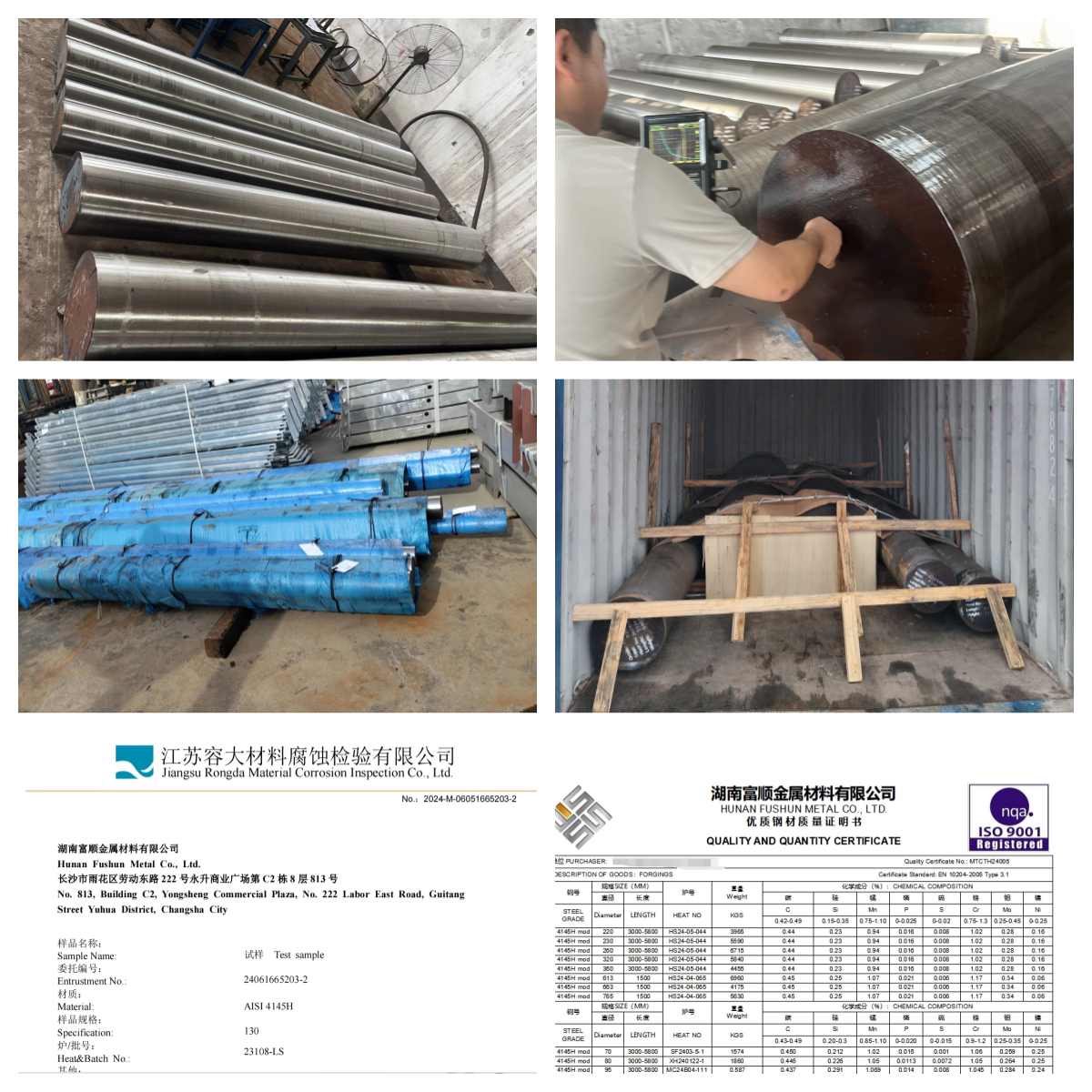Defect Of Petroleum Cracking Tube
Defect Of Petroleum Cracking Tube
Hot reheat steam pipeline; three of the four major pipelines: cold reheat steam pipeline (two high temperature and high pressure steam pipelines between the high pressure cylinder exhaust port and the reheater inlet header interface); four of the four major pipes: high pressure feed water Pipeline (high-pressure boiler supply water pipe between the electric feed pump outlet and the economizer inlet header interface). Supply T92 cold reheat steam main,four large pipelines, small diameter 15CrMo seamless pipe, the implementation of the standard GB5310-2008, DIN17175, etc., commonly used in power plants, power equipment and other high-pressure boilers and pipelines seamless steel pipe. The main materials are ST45.8-III, 20G, 15CrMo, 12Cr1MoVG and so on.
Casing pipe refers to steel or steel strip processed into various types of steel at room temperature after cold drawing, cold bending, cold drawing and other cold working. Advantages: fast forming speed, high output, and no damage to the coating, can be made into a variety of cross-section methods to meet the requirements of the application conditions; cold rolling can make the steel produce a large plastic deformation, thereby improving the yield of the steel point. GB9948 petroleum cracking tube defect:
- Although there is no hot plastic shrinkage during the forming process, there is still residual stress in the cross section, which will inevitably affect the overall and local buckling characteristics of the steel;
- The cold-rolled steel profile is generally open-toothed, so that the free-change stiffness of the section is low. It is easy to change when it is bent, it is easy to exhibit bending and torsion buckling under pressure, and its torsion resistance is poor. 3. The wall thickness of cold-rolled steel is small, and there is no thickening at the corner of the plate joint, which is subject to locality. The ability to concentrate loads is weak.
Defects: 1. After hot rolling, non-metallic inclusions (mainly sulfides and oxides, as well as silicates) inside the steel are pressed into thin sheets, presenting a layered (sandwich) phenomenon. The delamination greatly deteriorates the tensile properties of the steel in the thickness direction, and it is possible to exhibit interlayer tear when the weld is shrunk. The local strain induced by weld shrinkage often reaches several times the yield point strain, which is much larger than the strain caused by the load;
- Uneven cooling to form residual stress. The residual stress is the internal self-phase equilibrium stress without external force. The hot-rolled steel of various sections has such residual stress. The larger the section size of the ordinary section steel, the larger the residual stress. The residual stress is self-phase balanced, but it still has some influence on the performance of steel components under external force. Such as deformation, stability, fatigue and other aspects may have adverse effects.
- Hot-rolled steel products are not well controlled in terms of thickness and side width. We are familiar with thermal expansion and contraction. Due to the hot rolling at the beginning, even if the length and thickness are up to standard, there will be a certain negative difference after cooling. The wider the width of the negative difference, the thicker the thickness is. Therefore, regarding the large steel, the side width, thickness, length, angle, and edge of the steel cannot be pleaded too accurately.

